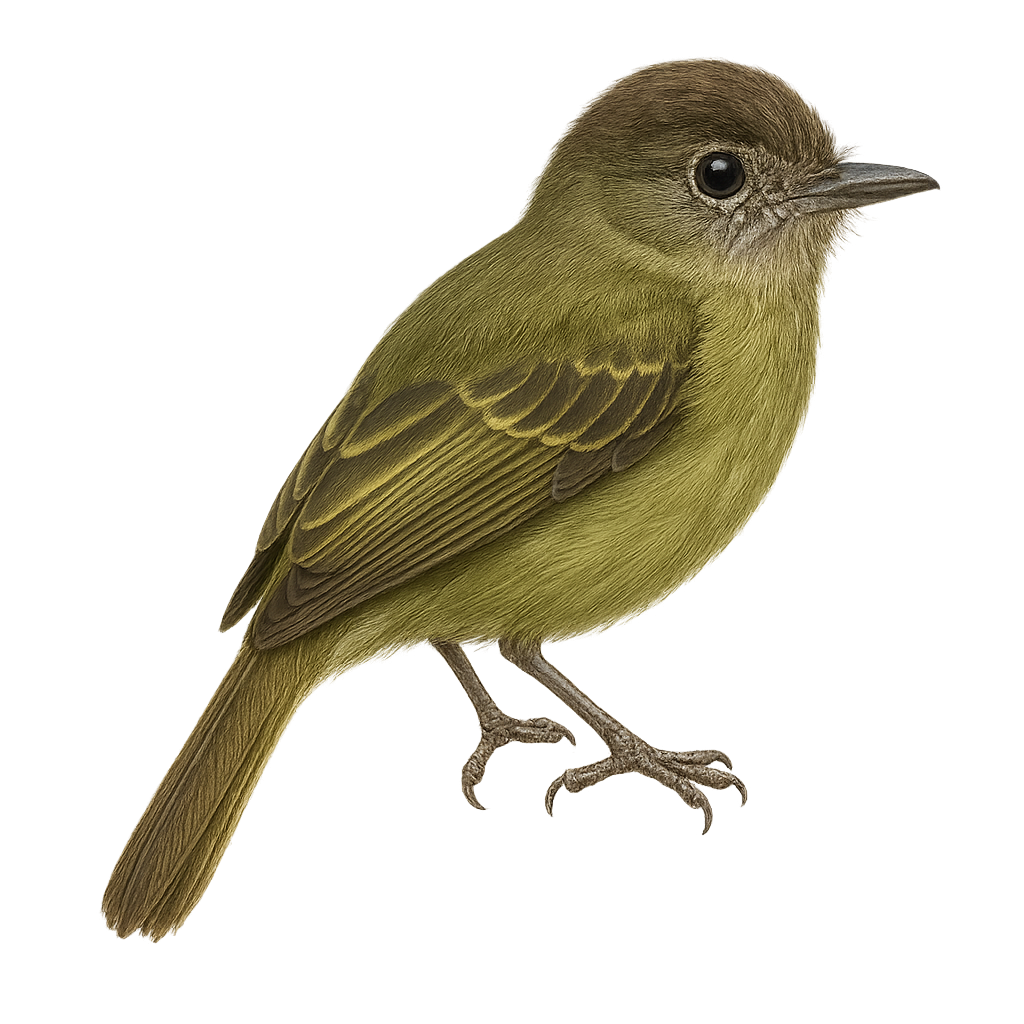Your wildlife photography guide.
Explore the sepia-capped flycatcher in detail, study its behavior, prepare your shots.
Where to observe and photograph the sepia-capped flycatcher in the wild
Learn where and when to spot the sepia-capped flycatcher in the wild, how to identify the species based on distinctive features, and what natural environments it inhabits. The WildlifePhotographer app offers tailored photography tips that reflect the sepia-capped flycatcher’s behavior, helping you capture better wildlife images. Explore the full species profile for key information including description, habitat, active periods, and approach techniques.
Sepia-capped Flycatcher
Scientific name: Leptopogon amaurocephalus

IUCN Status: Least Concern
Family: TYRANNIDAE
Group: Birds
Sensitivity to human approach: Suspicious
Minimum approach distance: 10 m
Courtship display: October to November
Incubation: 17-19 jours
Hatchings: October to December
Habitat:
Tropical forests, subtropical forests, wooded areas
Activity period :
Primarily active during the day, with peak activity in the morning and late afternoon.
Identification and description:
The Sepia-capped Flycatcher, scientifically known as Leptopogon amaurocephalus, is a small bird from the Tyrannidae family. It is characterized by its dark brown head and lighter underparts. This modest-sized bird is often hard to spot in its natural habitat due to its discreet plumage. It is primarily found in the tropical and subtropical forests of South America, where it feeds on insects. Its song is a gentle whistle, often heard before the bird is seen. This passerine is a perfect example of adaptation to its environment, using its plumage to blend into dense foliage. Although not threatened, preserving its habitat is crucial for its survival.
Recommended lens:
400 mm – adjust based on distance, desired framing (portrait or habitat), and approach conditions.
Photography tips:
To photograph the Sepia-capped Flycatcher, it is advisable to use a telephoto lens of at least 400mm to capture detailed images without disturbing the bird. Look for areas where the bird is active, usually in tropical or subtropical forests. Be patient and attentive to its distinctive song to locate its position. Using a tripod can help stabilize the camera in the low-light conditions often encountered under the dense canopy.
The WildlifePhotographer App is coming soon!
Be the first to explore the best nature spots, track rutting seasons, log your observations, and observe more wildlife.
Already 1 431 wildlife lovers subscribed worldwide

